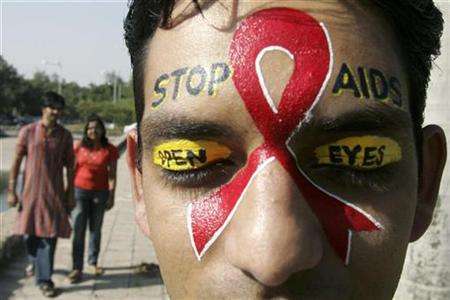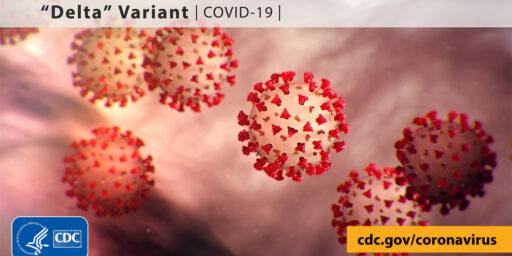U.N. Overstated H.I.V. Cases by Millions
 The global AIDS crisis is less dire than it has been portrayed, the UN admits.
The global AIDS crisis is less dire than it has been portrayed, the UN admits.
The United Nations’ AIDS-fighting agency plans to issue a report today acknowledging that it overestimated the size of the epidemic and that new infections with the deadly virus have been dropping each year since they peaked in the late 1990s. The agency, Unaids, will lower the number of people it believes are infected worldwide, to 33.2 million from the 39.5 million it estimated late last year.
The statistical changes reflect more accurate surveys, particularly in India and some populous African countries. Some epidemiologists have criticized for years the way estimates were made, and new surveys of thousands of households in several countries have borne them out. In only a few countries, such as Kenya and Zimbabwe, do the figures reflect widespread behavioral changes, such as decisions by many people to have sex with fewer partners.
[…]
Although new infections have dropped, the number of people with the disease is growing because more people infected with H.I.V. are living longer, thanks to antiretroviral drugs. With the world’s population growing, the agency believes that the percentage of adults who are now infected remains roughly constant, at about 0.8 percent.
Much of the difference, obviously, can be attributed to the difficulties in sampling in the developing world, particularly on something with a social stigma attached. Given, however, that this is one of those “everybody knew” issues, one can’t help but wonder if UNAIDS wasn’t reluctant to revise its methodology, given that it has every incentive to report higher infection rates.
Photo credit: REUTERS/Ajay Verma
via OTB News
UPDATE: Mark Leon Goldberg, while pleased that 6.3 million fewer people than thought are infected, puts the numbers into context: “5,700 people die each day from AIDS-related conditions. That’s like losing the population of Miami every two and a half months.”






Ten years from now I suspect we will be seeing similar articles about global warming. Any time the political positioning starts to overwhelm the rigorous use of the scientific method you are likely to get these “Oops, the crisis isn’t as bad as we thought” explanations later.
Any word on whether relief groups see this as a good thing or a bad thing?
Less of a crisis means their goal is being achieved to a greater extent than they thought. But less of a crisis may mean lower support.
What a fraud; 39 million was a disaster, but only 33 million is nothing. How dare they inflate such a trivial number.
I’m not saying that the number is trivial, merely that it was overstated by millions. Heck, I’m not saying it — it’s the NYT and the UN.
I think one of the problems is there are many people who considered estimates as undisputable facts.facts.
James,
I did not mean to imply that you trivialized the problem. You did not trivialize the number, but some of the commenters have.